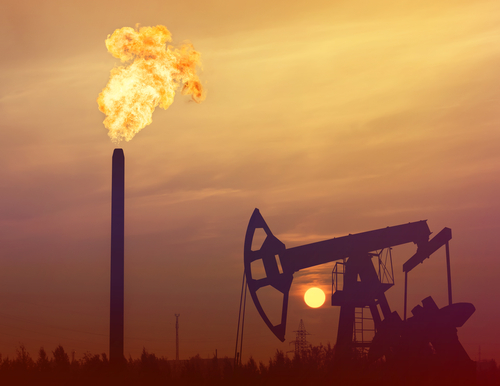
Dan Weaver, president and executive director of the Pennsylvania Independent Oil & Gas Association (PIOGA), last week commended the U.S. Environmental Protection Agency’s (EPA) reform of methane emissions regulations.
“Reducing methane emissions from every aspect of producing and transporting natural gas is the goal of our industry, as evidenced by the significant decreases made to prevent and reduce fugitive methane releases over the past decade, even while production has increased exponentially,” Weaver said. “It is in the best interest of Pennsylvania producers to keep methane – the product they sell – from being released into the air.”
On Aug. 13, EPA Administrator Andrew Wheeler announced two final rules realigning the regulation of methane emissions from oil and gas operations with the requirements of the federal Clean Air Act, specifically, the 2016 Oil and Natural Gas New Source Performance Standards (NSPS). The rules remove ineffective and duplicate requirements while streamlining others.
“EPA’s regulatory changes are consistent with the Clean Air Act and remove the threat of unwarranted and illegal control of existing oil and natural gas sources in the Commonwealth and elsewhere,” Weaver said. “PIOGA supports regulation that actually improves our air quality while remaining mindful of the competitive realities facing small oil and natural gas producers that are the economic backbone of many of the Commonwealth’s rural communities.”
The first rule, referred to as the “policy package,” removes the Obama-era EPA’s addition of the transmission and storage segment as well as emissions standards for that segment. The rule also removes methane control requirements for the production and processing segment, stating that the regulation of volatile organic compounds also reduces methane emissions. The EPA determined that separate regulation of methane imposed by the 2016 rule was both redundant and improper.
The second rule, the “technical package,” includes commonsense changes to the NSPS that will directly benefit smaller oil and gas operators through straightforward regulatory policy.
Combined, the two final rules are expected to yield net benefits of $750 million to $850 million from 2021-2030, or roughly $100 million per year. Additionally, Americans are expected to save $94 billion in unnecessary regulatory costs under these final rules and other deregulatory actions.
“EPA’s revised rule will bring particular relief to small oil and gas producers who are a vital part of the economy in many western Pennsylvania counties and who must work hard to compete against larger companies,” Weaver said. “The previous administration’s rule imposed a one-size-fits-all approach to methane control that required the same controls on low-production wells without adequate justification for imposing the rule on their operations, from the perspective of both costs and environmental benefits. This new rule will be a positive development for our conventional oil and gas industry.”
Weaver stated that, regardless of EPA action, Pennsylvania is continuing to pursue an aggressive approach to reduce methane and volatile organic compounds from both new and existing oil and gas operations.